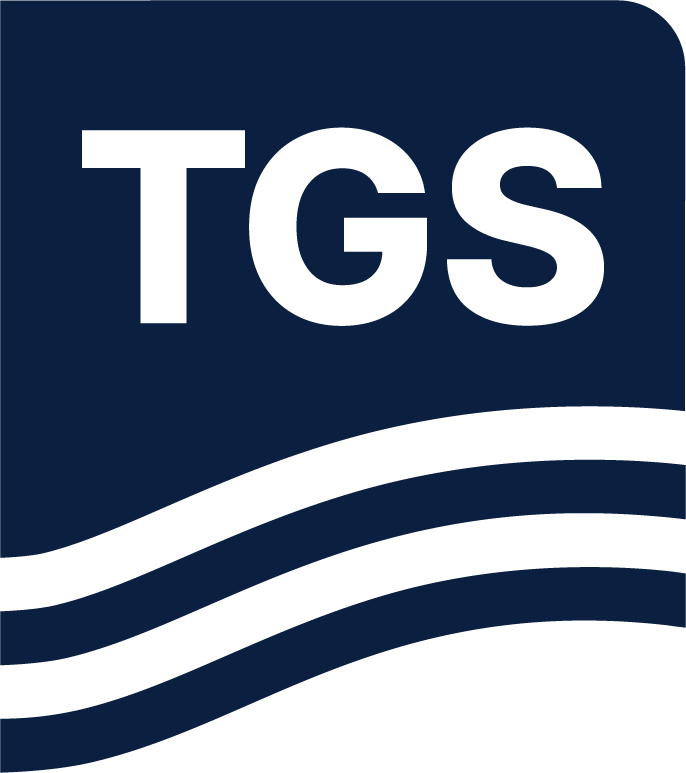Paper submitted to AAPG ICE 2025, by Y. Balabekov, N. Chemingui, S. Arasanipalai and H. Houllevigue* (TGS)
Technical Library
Seismic Data, Processing, Technology, Well Data Reports and Industry and Trade Publication Features, from the Experts at TGS
Sort by Date
- December 2025 (9)
- November 2025 (2)
- October 2025 (25)
- September 2025 (13)
- August 2025 (38)
- July 2025 (3)
- June 2025 (35)
- May 2025 (6)
- April 2025 (3)
- March 2025 (5)
- February 2025 (3)
- January 2025 (1)
- December 2024 (2)
- November 2024 (11)
- October 2024 (5)
- September 2024 (13)
- August 2024 (16)
- July 2024 (23)
- June 2024 (30)
- May 2024 (23)
- April 2024 (2)
- March 2024 (6)
- February 2024 (2)
- January 2024 (2)
- December 2023 (3)
- November 2023 (4)
- October 2023 (1)
- September 2023 (9)
- August 2023 (20)
- July 2023 (4)
- June 2023 (7)
- May 2023 (12)
- April 2023 (1)
- March 2023 (7)
- February 2023 (1)
- January 2023 (3)
- December 2022 (3)
- November 2022 (5)
- October 2022 (13)
- September 2022 (7)
- August 2022 (15)
- July 2022 (6)
- June 2022 (6)
- May 2022 (19)
- April 2022 (2)
- March 2022 (3)
- February 2022 (2)
- January 2022 (1)
- December 2021 (6)
- November 2021 (6)
- October 2021 (2)
- September 2021 (16)
- August 2021 (11)
- July 2021 (4)
- June 2021 (10)
- May 2021 (8)
- April 2021 (2)
- March 2021 (5)
- February 2021 (8)
- January 2021 (3)
- December 2020 (4)
- November 2020 (31)
- October 2020 (3)
- September 2020 (13)
- August 2020 (4)
- July 2020 (4)
- June 2020 (3)
- May 2020 (4)
- April 2020 (1)
- March 2020 (5)
- February 2020 (4)
- January 2020 (2)
- December 2019 (6)
- November 2019 (4)
- October 2019 (9)
- September 2019 (50)
- August 2019 (4)
- July 2019 (2)
- June 2019 (40)
- May 2019 (6)
- April 2019 (15)
- March 2019 (5)
- February 2019 (7)
- December 2018 (9)
- November 2018 (4)
- October 2018 (18)
- September 2018 (1)
- August 2018 (12)
- July 2018 (4)
- June 2018 (23)
- May 2018 (8)
- April 2018 (1)
- March 2018 (2)
- February 2018 (2)
- January 2018 (1)
- December 2017 (5)
- November 2017 (1)
- October 2017 (6)
- September 2017 (27)
Sort by Topic
- SEG (309)
- Article (304)
- Seismic (247)
- EAGE (223)
- First Break (182)
- TGS (108)
- Geology (102)
- GEO ExPro (84)
- IMAGE (71)
- Imaging (60)
- Europe (56)
- Interpretation (52)
- The Leading Edge (48)
- Africa (44)
- Other (43)
- Industry Insights (40)
- Business (37)
- Wind (36)
- GeoExpro (35)
- Latin America (30)
- Reservoir (26)
- Carbon (25)
- SBGF (25)
- AAPG (22)
- FWI (22)
- CCS (21)
- Hart Energy (20)
- Geophysics (19)
- North America Offshore (19)
- Acquisition (16)
- OBN (14)
- Digitalization (12)
- GEO Magazine (12)
- Prediktor (12)
- Wind Energy Network (12)
- 4C Offshore (11)
- AI (11)
- Solar (11)
- Asia (10)
- E&P (10)
- UHR3D (10)
- Well Data (10)
- Interview (9)
- Oilfield Technology (9)
- PES Wind (9)
- 4D (8)
- Australia (8)
- GeoStreamer (8)
- TechNote (8)
- Upstream (7)
- VMB (7)
- North America Onshore (6)
- PESGB (6)
- URTeC (6)
- AAPG Explorer (5)
- Elastic FWI (5)
- Onshore (5)
- 2D (4)
- Inversion (4)
- Least-Squares (4)
- MDIO (4)
- MEOS GEO (4)
- Offshore Engineer (4)
- PETEX (4)
- TGS Insights (4)
- AAPG ICE (3)
- EM (3)
- Geological Society of London Special Publications (3)
- Geophysical Prospecting (3)
- Interpretation (3)
- Mediterranean (3)
- Multi-parameter FWI (3)
- Multibeam (3)
- Offshore (3)
- PESA News (3)
- SWIM (3)
- 3D (2)
- AEGC (2)
- AOGR (2)
- APGCE (2)
- DAS (2)
- Demultiple (2)
- Denoise (2)
- E&P (2)
- Gemini (2)
- GeoStreamer X (2)
- Geophysical Society of Houston (2)
- IPA (2)
- Land Seismic (2)
- Middle East (2)
- Offshore Wind (2)
- PES Solar (2)
- PESGB/HGS (2)
- Recharge (2)
- Recorder (2)
- World Oil Magazine (2)
- 2D-cubed (1)
- 4D FWI (1)
- AAPEA Journal (1)
Paper submitted to AAPG ICE 2025, by P. Zalan [1,2], M. Cvetkovic [2], H. Houllevigue [2], K. Reuber [2], A. Hartwig* [2] (1. ZAG Consulting in Petroleum Exploration; 2. TGS Houston)
Paper submitted to AAPG ICE 2025, by A. K. Hartwig*, P. Zalan, H. Houllevigue, M. Cvetkovic and K. Reuber (TGS)
First Published: AAPG Explorer - December 2025, by Meher Gajula, Keyla Gonzalez, Ben Lasscock, Sathiya Namasivayam, Altay Sansal and Alejandro Valenciano, TGS
First Published: First Break, December 2025, by Ed Hodges, Cerys James and John Brittan (TGS).
Recent big discoveries, new seismic acquisition, and a new land-tenure system have generated increased interest to explore in the offshore Newfoundland and Labrador regions of eastern Canada. The...
Examine a data driven solution designed to improve imaging of current and future reserves in the Mississippi Canyon.
In the current market companies are required to increase emphasis on efficiency and competitiveness within and between various play trends. Companies have undergone considerable restructuring to...
In solar power plants, even a thin layer of dust, sand, or salt can make a big difference. Soiling, the gradual accumulation of dirt on PV modules, is one of the most common and costly sources of...
This article authored by Allan McKay appeared in PES Wind, Issue 4, in November 2025.

